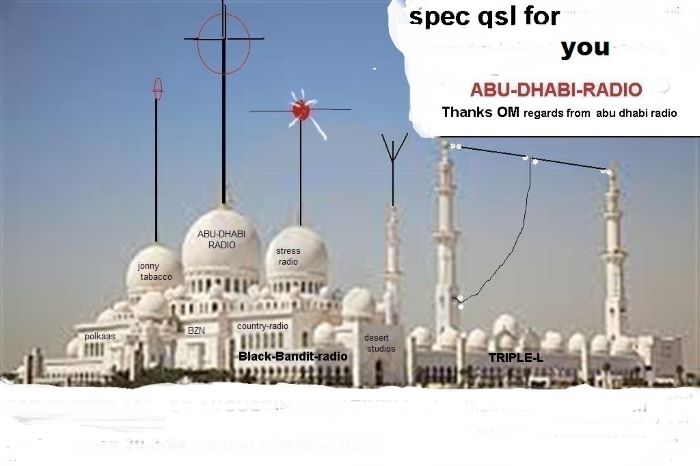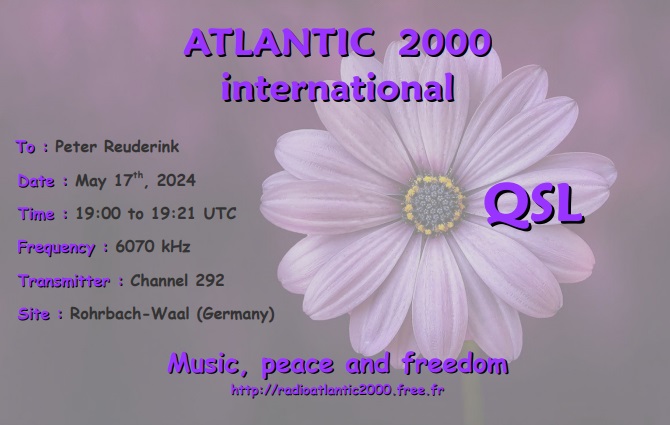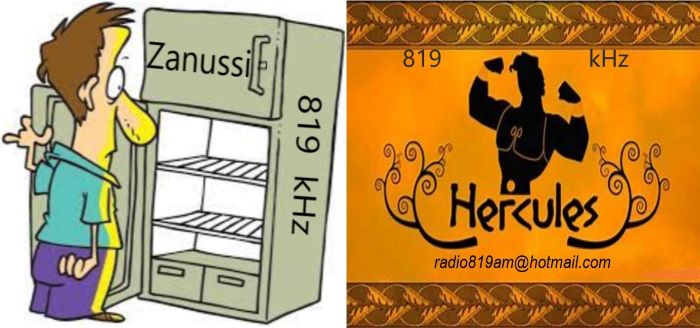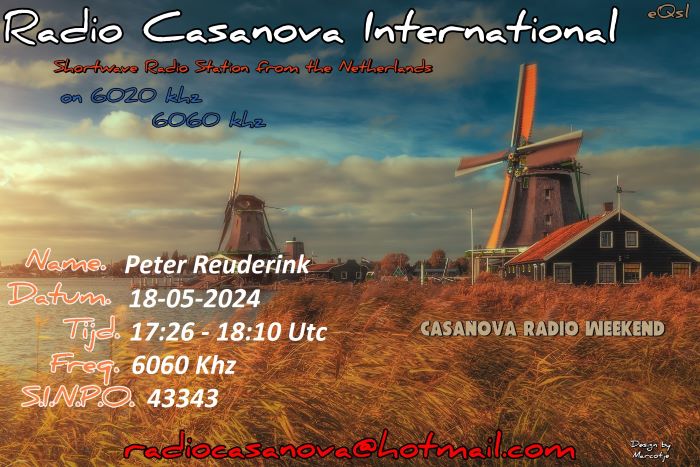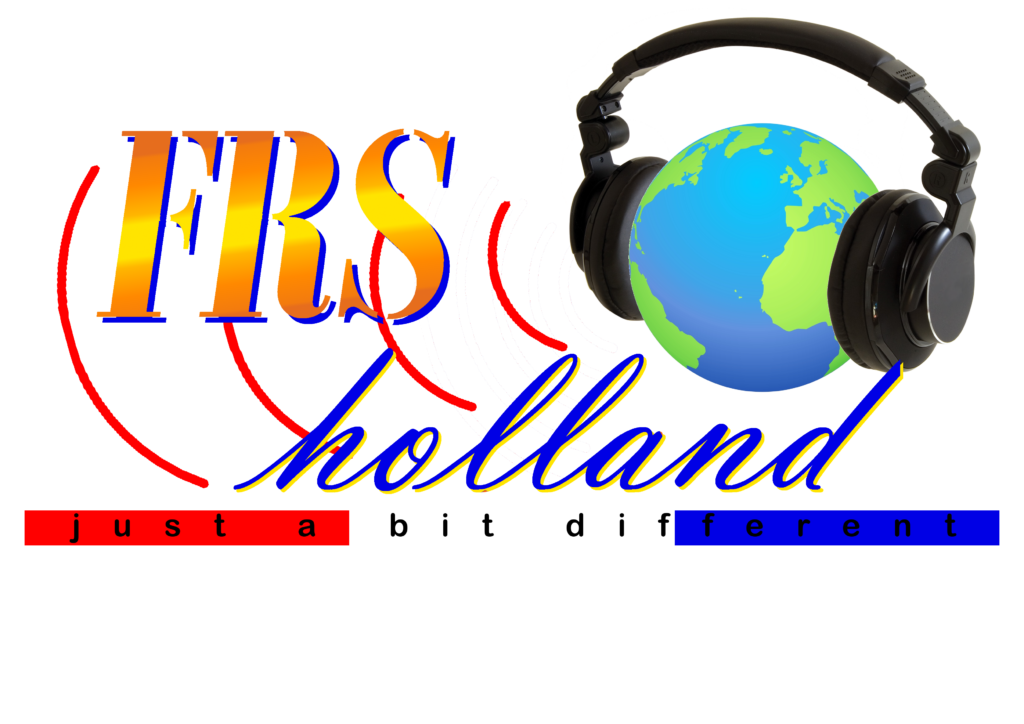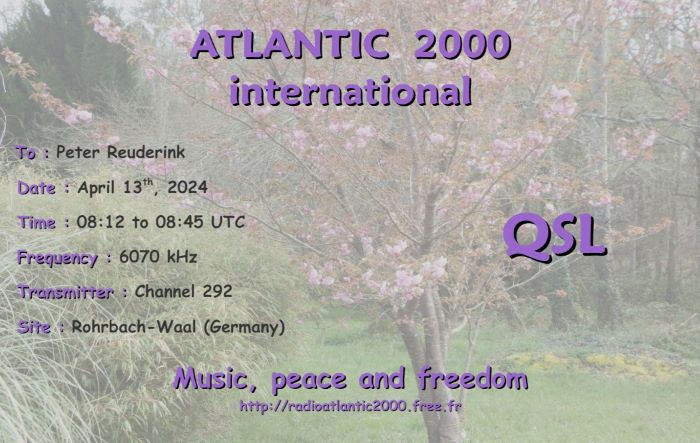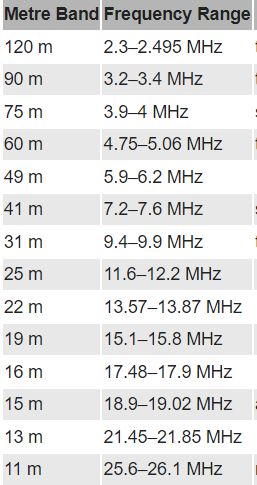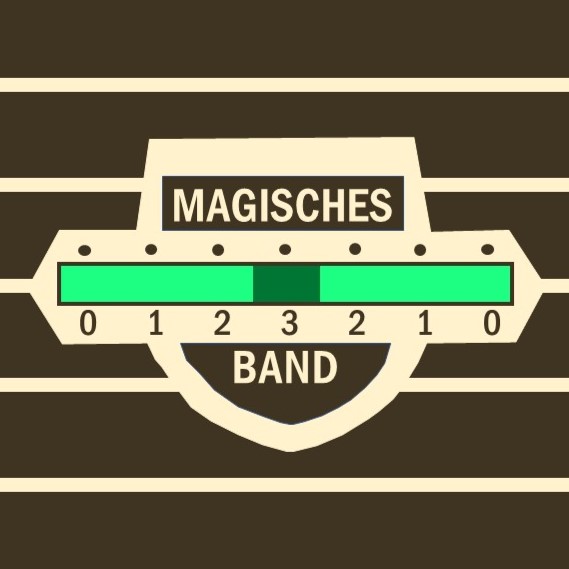A QSL Radio Mi Amigo 6085 kHz via Kall-Krekel in Germany. Funny thing is that this is my first Radio Mi Amigo QSL. I know for sure that I have sent various reports to “Radio Mi Amigo” programs in the distant past.

Lion Keezer was so kind to reply to my reception report within a day. Lion grew up with the pirate stations in the 60ies, and in 1972 he stepped on board Mi Amigo for the first time.

I don’t think that following their off shore days the organizations presenting themselves as Radio Mi Amigo were very professional. But today that is definitely very different. Radio Mi Amigo connects with their audience through their website, newsletter , via Facebook and via Twitter and Instagram.
Some of their programmes can be listened to via Mixcloud. And if you are interested in off shore radio in the 70-ies, please do check out the iBook: ‘Pirate Radio Ships in the 70s’
